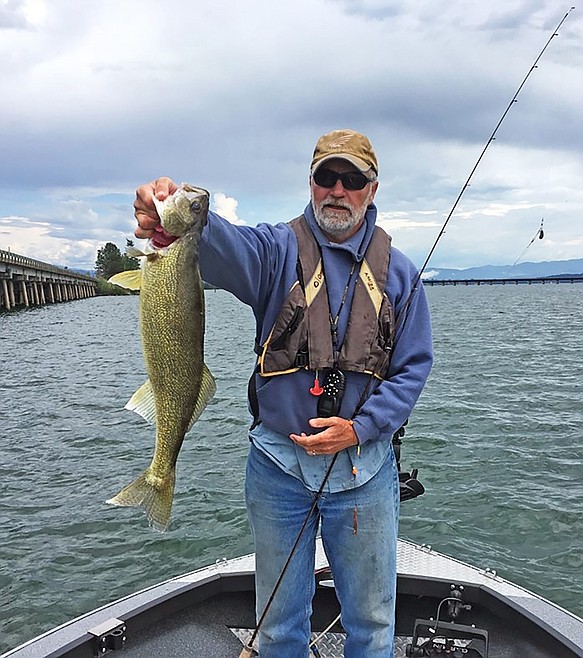Annual walleye netting set to start soon
Walleye aren't welcome in Lake Pend Oreille.
This spring marks the sixth year of netting operations on the lake by the Idaho Department of Fish and Game to help keep the walleye population under control...
Become a Subscriber!
You have read all of your free articles this month. Select a plan below to start your subscription today.
Already a subscriber? Login



